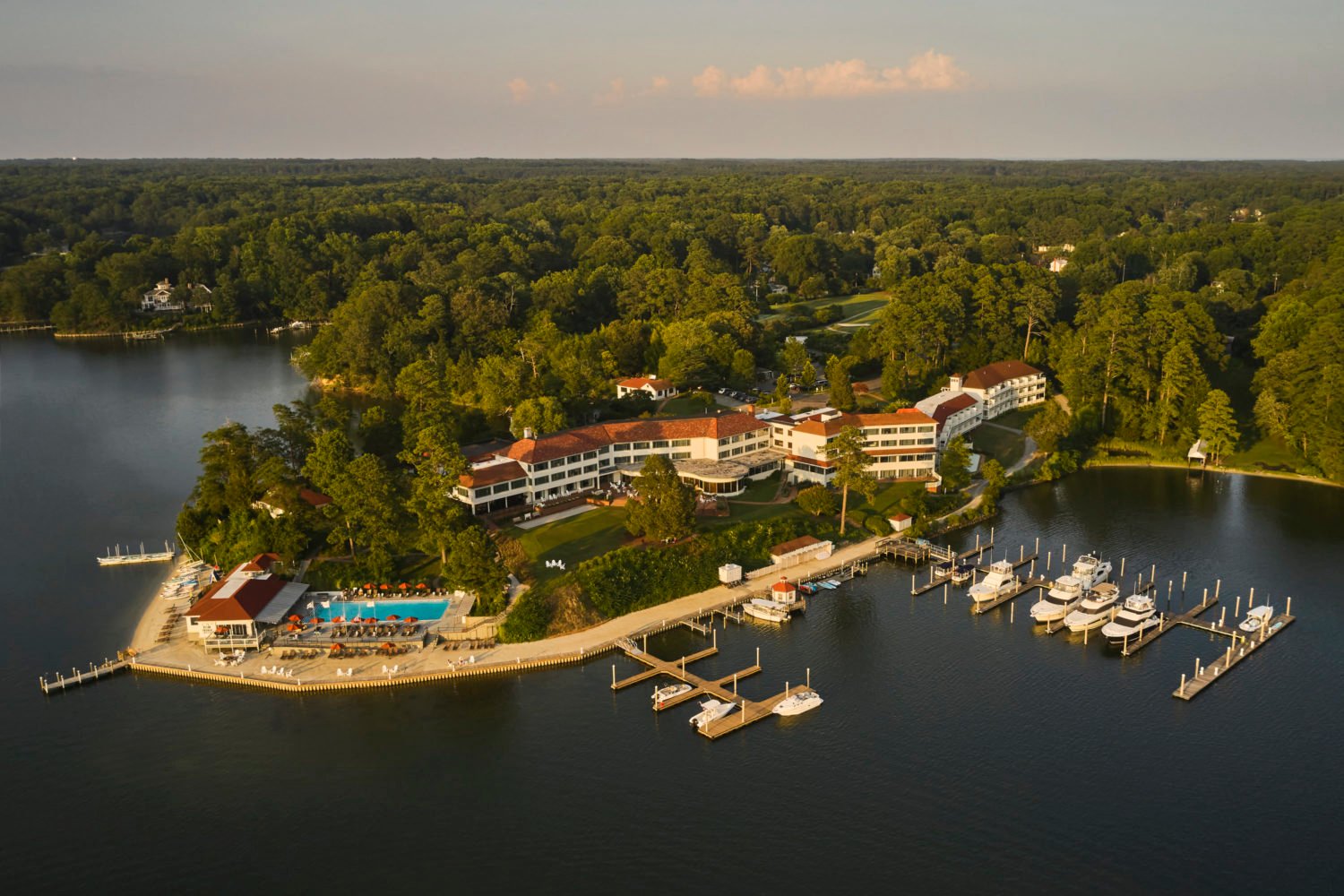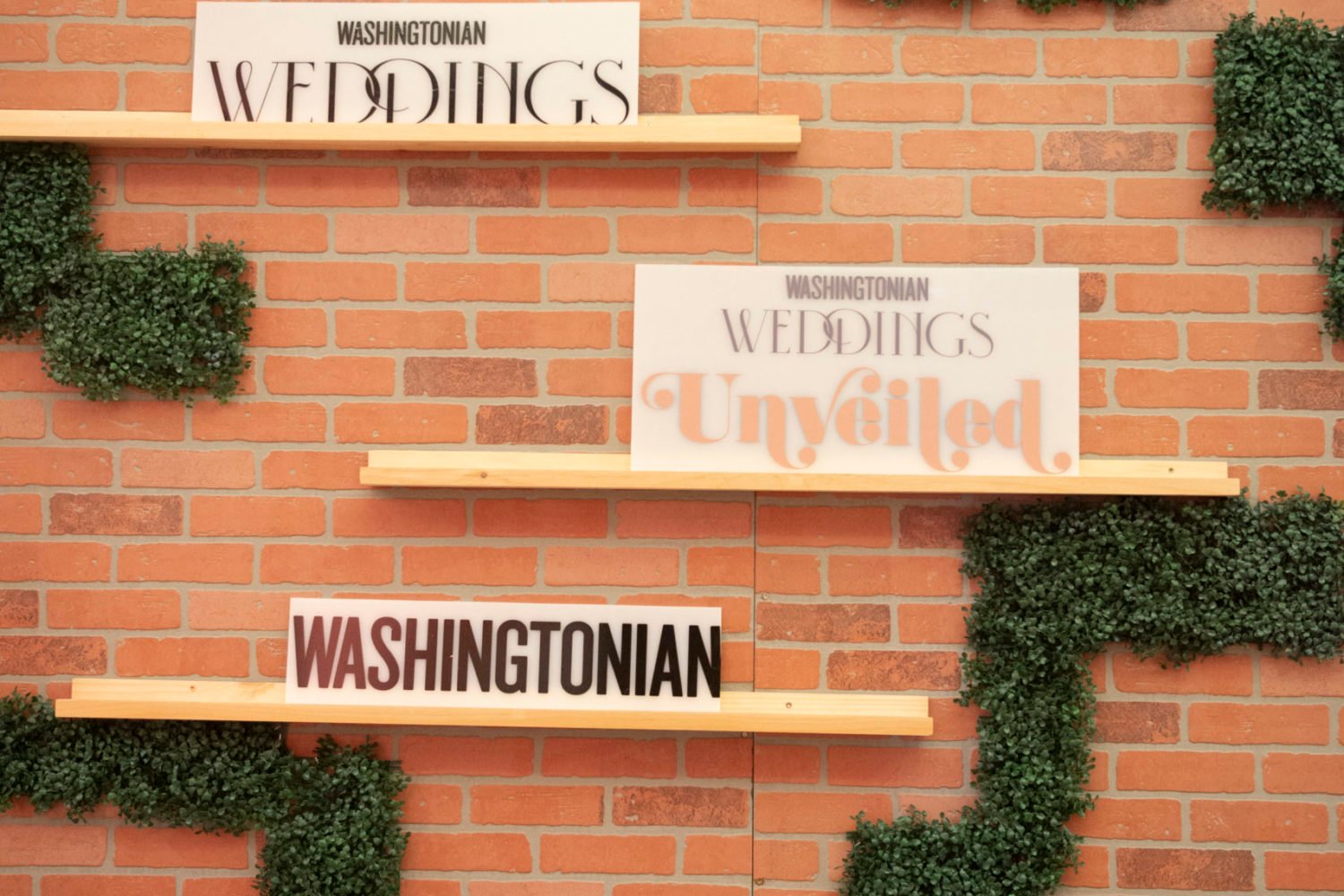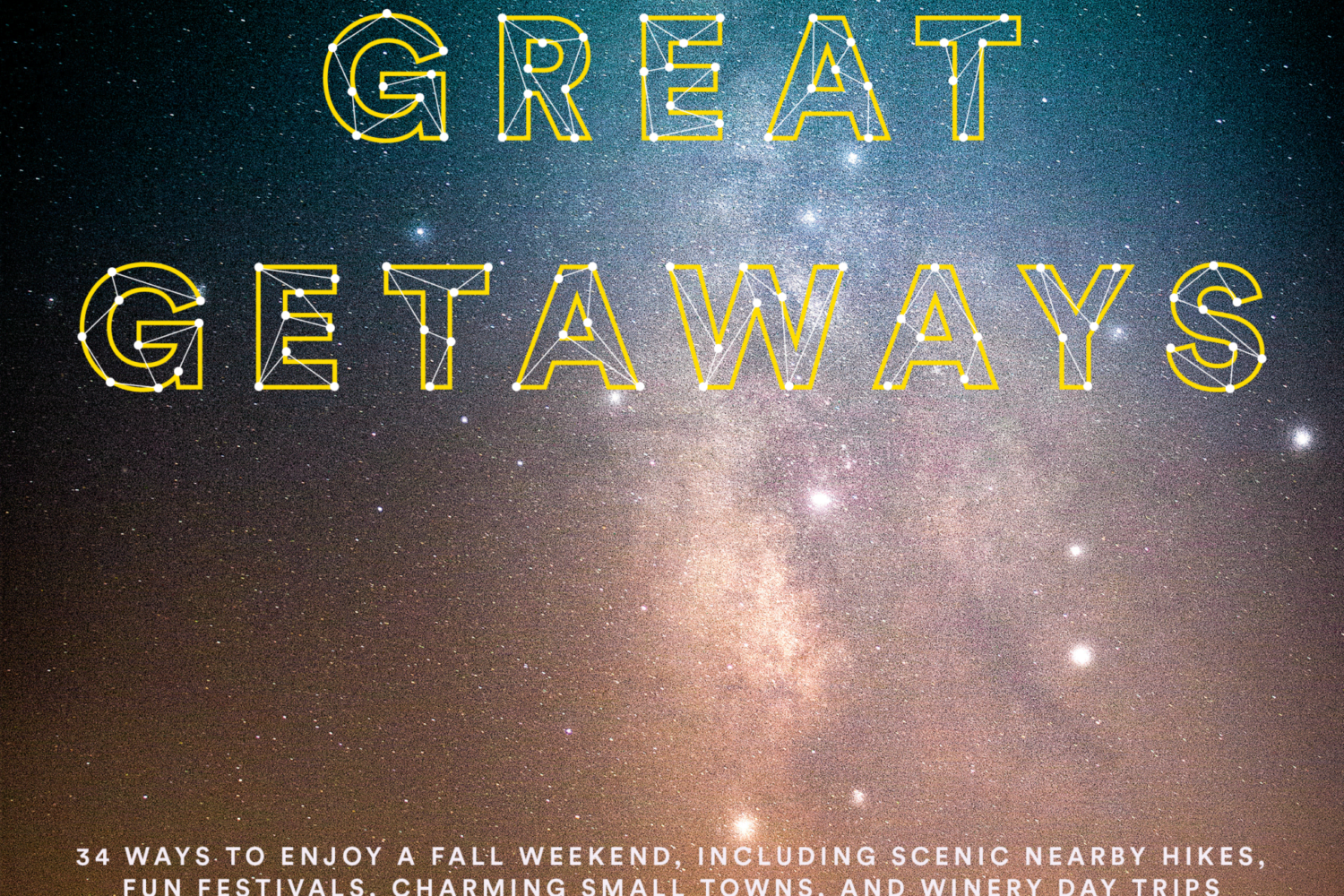Why Now
Copenhagen ranks as one of the world’s most livable cities, thanks to its compact size, efficient public transportation, and smart urban planning—characteristics that are good for visitors, too.
The city scores points for its eco-friendly lifestyle: Nearly 40 percent of residents bike to work and school, and Copenhagen’s goal is to become the world’s first carbon-neutral capital. Come summertime, when daylight stretches past 9 pm, Copenhageners can swim in the clean harbor.
Like many European cities, Copenhagen’s aesthetic is shaped by a history that accounts for its cobblestone streets and royal castles. But famously minimalist Danish design, coupled with a commercial boom, has given the city a modern sheen.
What to Do
Start a tour of the meandering streets at the Nyhavn, a strip of colorful 17th-century buildings that have the charm of a Hans Christian Andersen fairytale. From there, it’s just a few blocks to Strøget, a 1.1-kilometer pedestrian-only shopping street. Although the main walk has lots of generic chain stores, it’s also home to the well-known china retailer Royal Copenhagen as well as the sleek silver designer Georg Jensen. Most impressive is Illum (Østergade 52; illum.dk), a four-level store that’s as much a museum of Danish design as it is a place to shop. Drift in and out of side streets to find independent boutiques and cafes.
For a history of Denmark’s style, visit the Danish Design Center (HC Andersens Boulevard 27; ddc.dk), where there’s a small but well-curated exhibit of furniture and home goods from 1945 to the present day. Arranged by decade, items range from kitchen utensils to a three-wheeled electric car.
The nearly 170-year-old Tivoli Gardens (tivoli.dk) feels like something out of Alice in Wonderland. It’s packed with amusement-park rides, shops, concert pavilions—hosting free summer performances—as well as Michelin-starred restaurants and a Japanese pagoda.
Built in the 1950s, the Louisiana Museum of Modern Art (louisiana.dk) is an unusual campus with a building whose glass hallways look out onto landscaped grounds and outdoor sculpture. The artwork dates back no further than World War II, and names include Andy Warhol, Pablo Picasso, Alberto Giacometti, and Yves Klein. Getting there means a 45-minute train ride—take the regional train in the direction of Elsinore to Humlebæk—and a ten-minute walk from the station, but it’s well worth it.
Don’t Miss
There’s no shortage of regal-looking parks in Copenhagen, but one of the best is in the upscale Frederiksberg neighborhood (officially a municipality in its own right within the city), the equivalent of Georgetown. In 1699, King Frederik IV envisioned a Danish Versailles and flanked his still-standing Frederiksberg Castle with the Frederiksberg Have, today a public park with gardens. Adjacent is the Copenhagen Zoo (uk.zoo.dk), whose elephant area is visible through a glass partition.
Where to Stay
The 13 rooms at the Nimb Hotel (Bernstorffsgade 5; nimb.dk; rates from $420) all have antique furniture and views of Tivoli Gardens—admission to the park is included.
Design buffs might want to stay at the Radisson Blu Royal Hotel (Hammerichsgade 1; radissonblu.com/royalhotel-copenhagen; from $220). Designer Arne Jacobsen was behind everything, from the lobby chairs to the doorknobs and restaurant cutlery. Although the rest of the building has been renovated, room 606 has the original furniture from the hotel’s 1960s opening—when it’s not booked, you can ask for a tour.
Where to Eat
The past months have been one long coming-out party for the city’s culinary scene: In April, San Pellegrino named the restaurant Noma (Strandgade 93; noma.dk) the world’s best, and the 2010 Michelin guide gave 12 of the city’s restaurants a total of 13 stars.
That doesn’t mean the city is all about fine dining. The hip factor is amped up in the meatpacking district, where seafood-focused Kødbyens Fiskebar (Flæsketorvet 100; fiskebaren.dk) uses meat hooks as coat racks and troughs as bathroom sinks. Around the corner is Karriere (Flæsketorvet 57-67; karrierebar.com)—a restaurant, bar, and nightclub that hosts art exhibits—whose slaughterhouse roots are barely visible behind its futuristic decor.
The neon-red pølse, or hot dog, is to Danes what the half-smoke is to Washingtonians. Andersen Bakery, in the Nimb Hotel complex, makes a version with local meat and a house-baked bun that’s far superior to those of the ubiquitous cart vendors.
Although lots of the city’s nightlife doesn’t get going until the wee hours, Ruby (Nybrogade 10; rby.dk), a romantic craft-cocktail den, opens at 4 pm. It’s easy to mistake the outside as a private residence, and the inside feels just as homey.















